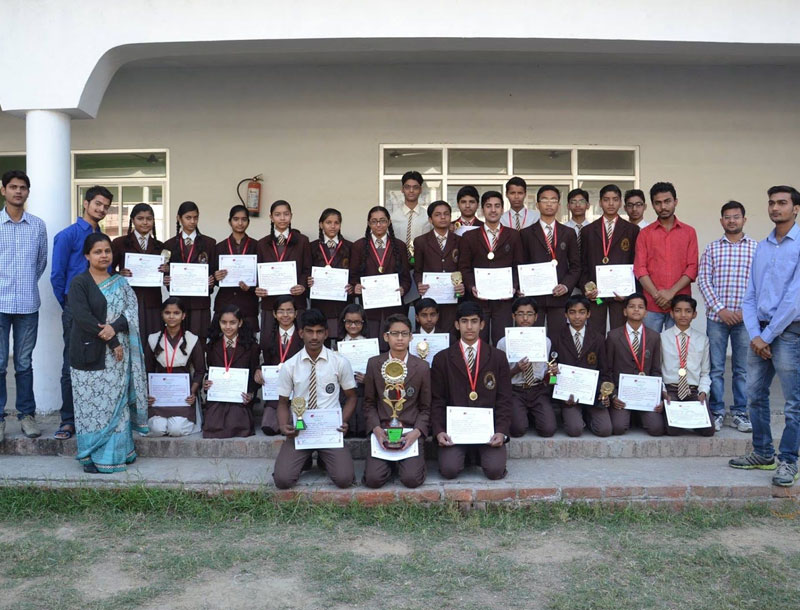Story
About 64% of India’s population is expected to be in the working age group of 15-59 years by 2026, according to Ernst and Young, a professional services consultancy. India is expected to have the largest workforce in the world by 2025, with an estimated two billion English-speaking people by the end of 2020.
By the same year, the world is expected to face a shortage of 56.5 million skilled workers, while India is projected to have a surplus of 47 million, Indian government statistics say.
Yet, 30% of India’s youth are neither employed nor in education or training, states Bloomberg. Unless employed gainfully, India’s “demographic dividend” can turn into a socio-economic nightmare.
The Indian government’s ‘Make in India’ campaign and the accelerated growth in the economy has highlighted the demand for skilled manpower in the country. There is a huge scope of generating skilled workforce in the country and utilize the ‘demographic dividend’.
In order to capitalize the demographic dividend, India will need to empower its workers with the right type of skills. The drop-out rates of educational institution was estimated to be 50% in the age group of 5-14 years and 86% after 15 years of age and in contrast to this the participation rate of the workforce rises rapidly after 14 years of age and it results in a semi-literate workforce which finds it difficult to absorb higher form of skills. 38% of Indian workforce is illiterate, 25% has education below primary or up to primary level and remaining 36%has an education level of middle and higher level. 80% of Indian workforce does not possess any marketable skills. Only about 2% have received formal vocational training and 8% non-formal vocational training, thereby implying that very few new entrants to the work force have any marketable skills.
On the other hand women in India represent 29 percent of the labour force, down from 35 percent in 2004. More than half of the work done by women in India is unpaid, and almost all of it is informal and unprotected. Women are not well represented in most sectors, including business leaders. Though they comprise almost 40 percent of agricultural labour, they control only 9 percent of land in India. Women are also shut out of the formal financial system. Nearly half of India’s women do not have a bank or savings accounts for their own use, and 60 percent of women have no valuable assets to their name. It is unsurprising then that at 17 percent, India has a lower share of women’s contribution to the GDP than the global average of 37 percent. In addition, women face great physical insecurity. The rate of crimes against women in India stands at 53.9 percent in India. In Delhi, the capital city, 92 percent of women reported having experienced sexual or physical violence in public spaces.
The economic impact of achieving gender equality in India is estimated to be US$700 billion of added GDP by 2025. The IMF estimates that equal participation of women in the workforce will increase India’s GDP by 27 percent. More than half of India’s women don’t have cellphones, and 80 percent don’t use them to connect them to the internet. If as many women as men had phones, it could create US$17 billion in revenue for phone companies in the next 5 years. Globally, women make or influence 80 percent of buying decisions and control US$20 trillion in spending. There are also social benefits to empowering women. Women spend 90 percent of their income on their families, and economically empowered women boost demand, have healthier and better-educated children, and raise human development levels. One in three private sector leaders reported that profits increased as a result of efforts to empower women in emerging markets.
Srijan ka sankalp is working on “Nipun Bharat” as means to develop skilled India with a focus on women empowerment with skills development.
Want to donate by phone?
Not a problem. Call us now
+91-9026116086
Or email us :
admin@srijaneksoch.org

